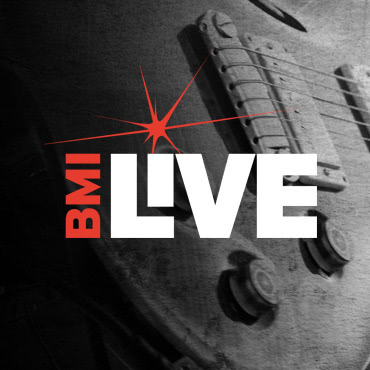Becoming a Better Editor
How to remove bits and pieces of your tasty if lengthy track in order to keep increasingly attention-challenged listeners in the loop

Perhaps you think you’re making a big statement with a heavily atmospheric, two-minute-long synth intro, or a repeating guitar lick that might be tasty had it stopped repeating after the first eight bars. This is not to disparage your musical ideas, which in fact could be good enough to warrant the extra space. But if the recipient is sampling your work on their phone in between subway stops, they may have already checked out long before you got to the punchline.
Accordingly, here are some ways to use your preferred sound-editing software to carefully remove, tighten or move around bits and pieces of your tasty if lengthy track in order to keep increasingly attention-challenged listeners in the loop.
Editing basics. There are several editing software platforms to choose from out there, and while premium packages offer enhanced functionality and sound processing capability, even non-subscription products like GarageBand and Audacity can handle most basic to advanced editing functions, including deletions, insertions, speed and tempo adjustment plus other tasks.
When making edits, remember that your eyes are at least as important as your ears—that is, use your magnification tool to zoom in on the work area so you can clearly see each downbeat in waveform, allowing you to drop in or extract audio in the precise spot. A good edit should sound seamless with no perceptible changes in volume, tone or tempo across each graft. If any of the joints feel too abrupt, you can also try flying in a new section as a crossfade from a separate track (rather than inserting directly into the main track).
Before you begin recording, remember that using a click track, metronome or similar device will aid immeasurably in the editing process, allowing you to work with different song segments without worrying about inadvertent tempo changes from one part to the next.
Where to whittle. When embarking on a song-tightening mission, start by rolling the track and noting any points along the way where the energy seems to wane—this could be the aforementioned intro, a pre-chorus that appears one time too many, or any other spots that feel like filler, however brief. As the songwriter you may find it difficult to be objective about this kind of surgery, which is why you should consider a trusted third-party to weigh in with a fresh set of ears. But because we live in the age of “non-destructive” editing, any changes to the original can be easily undone; furthermore, you can save numerous “takes” of your various edit ideas, perhaps even cutting together a best-of master using portions of each.
As far as where to cut, trimming an intro is a no-brainer—by doing so you’re bringing the start of the lead vocal that much closer to the top before listeners have a chance to move on. For that matter, you might consider chucking the intro altogether and starting the song right on the first downbeat, which can be an incredibly effective technique under the right circumstances. Or if you’ve got a particularly strong chorus, you could try copying and pasting a piece of the main hook to the front of the song and leading with that. Other preening techniques include condensing a solo break (leaving the best parts intact), excising any clunky verses in order to get to the chorus faster, or simply fading the song a half-minute or so sooner.
While you’re at it, you can use your platform’s menu of effects to further polish the work, such as adding an elongated reverb tail to the end of a guitar solo, or a very thin coat of compression to the entire track for extra texture. If you were planning on using reverb in the final mix, consider waiting until after you’ve completed the edits—you’ll find that the effect can help hide the various stitch marks when added later.
Snip those blips. Your editing regimen should also include ridding your multitrack of extraneous sounds like between-take chatter, throat-clearing and coughing, a buzzing instrument amplifier or other electronic flare-ups, or anything else that’s not intended to be part of the recording. Even if these stray bits aren’t really audible while the track is playing, they nonetheless add to the total “noise floor” and can get in the way sonically, whether you’re aware of it or not. Accordingly, roll the track, increase the screen magnification and scan the project for any little “blips” that appear in between the song’s main waveforms, then carefully highlight and delete (or silence) each.






Community
Connect with BMI & Professional Songwriters